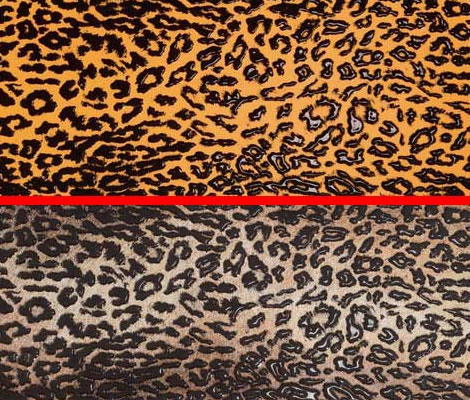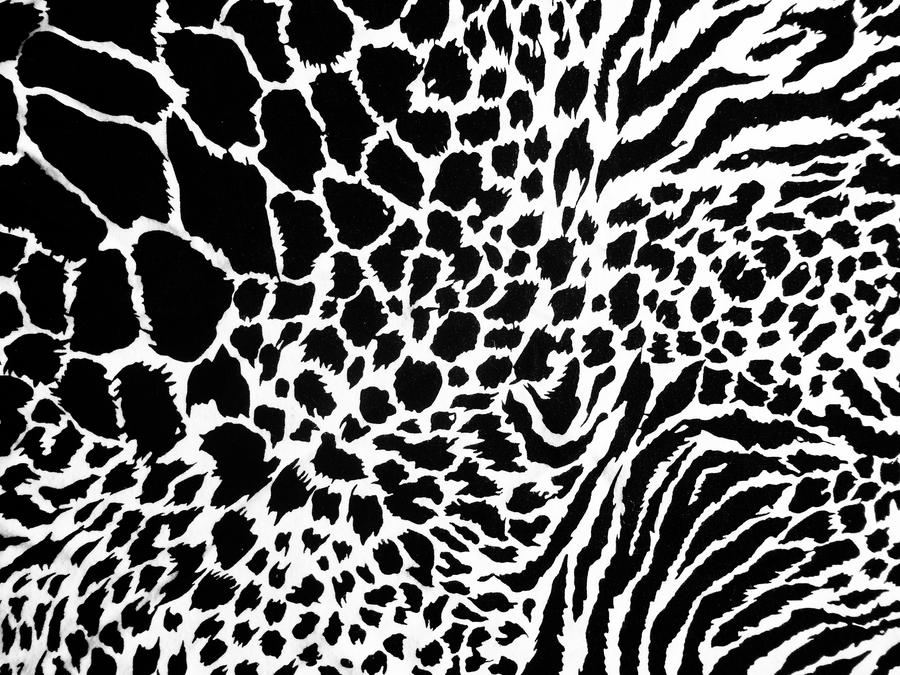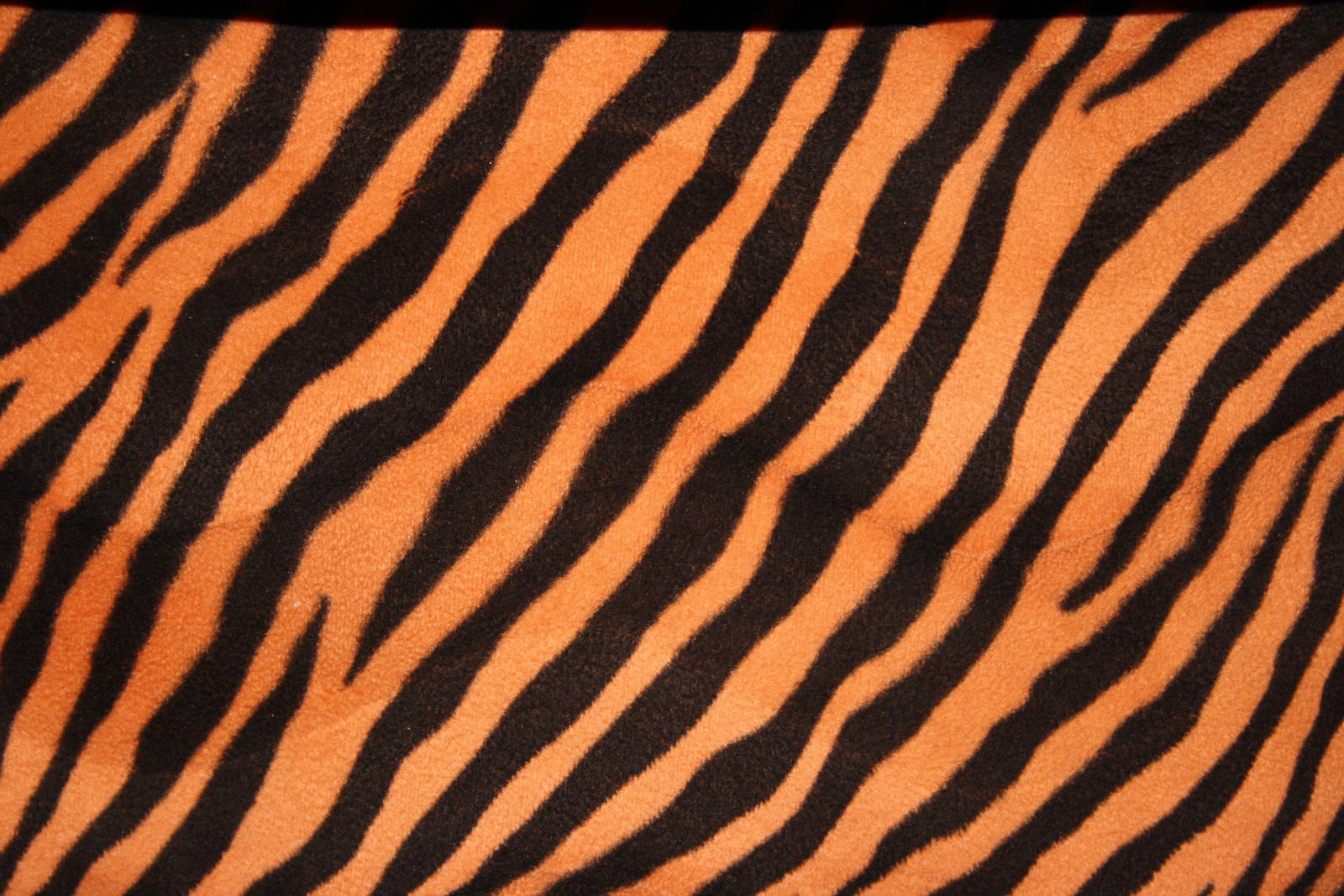Animal Pictures To Print Biography
The coyote appears often in the tales and traditions of Native Americans—usually as a very savvy and clever beast. Modern coyotes have displayed their cleverness by adapting to the changing American landscape. These members of the dog family once lived primarily in open prairies and deserts, but now roam the continent's forests and mountains. They have even colonized cities like Los Angeles, and are now found over most of North America. Coyote populations are likely at an all-time high.These adaptable animals will eat almost anything. They hunt rabbits, rodents, fish, frogs, and even deer. They also happily dine on insects, snakes, fruit, grass, and carrion. Because they sometimes kill lambs, calves, or other livestock, as well as pets, many ranchers and farmers regard them as destructive pests.
Coyotes are formidable in the field where they enjoy keen vision and a strong sense of smell. They can run up to 40 miles (64 kilometers) an hour. In the fall and winter, they form packs for more effective hunting.
Coyotes form strong family groups. In spring, females den and give birth to litters of three to twelve pups. Both parents feed and protect their young and their territory. The pups are able to hunt on their own by the following fall.
Coyotes are smaller than wolves and are sometimes called prairie wolves or brush wolves. They communicate with a distinctive call, which at night often develops into a raucous canine chorus.
Clay Myers (born in Kokomo, Indiana) is an American photographer, videographer and animal welfare advocate best known for his portraits of rescued companion animals.[1]
Contents [hide]
1 Education
2 Career
2.1 ADOPT poster
2.2 Gallery exhibit
2.3 Books
3 Personal life
4 References
5 External links
Education[edit]
Myers graduated from Haverford High School in Havertown, Pennsylvania, in 1976. He served four years in the United States Marine Corps, from 1977 to 1981, as a grade E-4. He received a mechanics license from Quaker City School of Aeronautics in 1985.
Career[edit]
Myers, a photographer for 20 years, began his photo career by shooting for photo stock agencies.
From 2002 to 2007, he was the lead photographer and photo manager for Best Friends Animal Society and a photographer until 2011.[2] He presented a workshop at the 2005 annual No More Homeless Pets Conference.[3]
Beginning in 2008, he volunteered for National Mill Dog Rescue and was the still photographer for the group's 2010 documentary I Breathe.
His photos have appeared in newspapers and magazines, including the San Francisco Chronicle, the Los Angeles Times,[4] Vanity Fair, The New York Times, Outdoor Photographer, New Jersey Magazine, and the St. Louis Post-Dispatch.[5] In 2008,[6] an article about National Mill Dog Rescue founder Theresa Strader that included Myers' photos ran on the front page of the Colorado Springs Independent.[7]
Myers' photos were used by the New Jersey Department of Environmental Protection in its Conserve Wildlife newsletters.[8][9]
In May 2008, Myers began a photo assignment for a PetSmart Charities' program to help save lives by transporting homeless dogs from high pet population areas to shelters where dogs were in demand. The program was featured in Parade magazine.[10]
ADOPT poster[edit]
Los Angeles street artist Shepard Fairey used Myers' photo of a rescued shaggy dog named Sylvie (owned by dog trainer Ann Allums)[11][12] and made it a screen print similar to the "Hope" poster Fairey did of Barack Obama during the 2008 U.S. presidential election. For the ADOPT poster, released in January 2009, Fairey created a mutt version of the red, white and blue screen print. Four hundred copies were offered by Adopt-a-Pet.com.[13] Fairey explained why he turned the photo into a poster, then donated it with Myers' permission for free downloading: “Homeless pets urgently need us to take the lead and speak out on their behalf, now more than ever. ... It is my hope that this new print will give people a way to advocate for these animals and show their support for pet adoption."[14]
The poster, available for download at no cost, ran on the cover of Dog’s Life magazine in spring 2009.[15] In September 2009, Fairey released the poster in gold and black. The prints were covered in September 2009 on Martha Stewart's blog, The Daily Wag.[16]
Gallery exhibit[edit]
Myers' work, titled "Captured Moments," was included in a May 2005 gallery exhibit at the Russell Senate Office Building in Washington, D.C., along with paintings by artist Cyrus Mejia. The newspaper Roll Call covered the event.[17][18]
Books[edit]
In 2005, he was deployed three times by Best Friends to cover the rescue of animals in the Gulf region in the aftermath of Hurricane Katrina. Afterward, more than 70 of his photos were featured in the book Pawprints of Katrina by Cathy Scott.[19] His photos illustrated the 1998 book New Jersey Wildlife Viewing Guide by Laurie Pettigrew.[20]
Myers was awarded "Best Spot News Photo Coverage" in 2006 from the Nevada Press Association for the book's cover photo, which also illustrated an article in Las Vegas CityLife.[21][22]
In November 2008, Myers and Scott joined actress and animal advocate Ali MacGraw, who wrote the book's foreword, for a book signing at Garcia Street Books in Santa Fe, New Mexico, where MacGraw lives.[23]
The Times-Picayune, in a June 2008 review of Pawprints of Katrina, wrote that "Clay Myers' color photos provide an up-close and personal view of the animals, and their rescuers and families."[24]
Personal life[edit]
He lives in Southwest Washington State with his wife Cathie.
Nick Brandt is a photographer who photographs exclusively in Africa, one of his goals being to record a last testament to the wild animals and places there before they are destroyed by the hands of man.[1]
Contents [hide]
1 Background and early career
2 Photography
3 On This Earth
4 A Shadow Falls
5 Across the Ravaged Land, the final part of the trilogy
6 Prints and exhibitions
7 Big Life Foundation
8 Bibliography
9 References
10 External links
Background and early career[edit]
Born in 1966 and raised in London, England, Brandt studied Painting, and then Film at Saint Martin's School of Art.[2]
He moved to the United States in 1992 and directed many award-winning music videos for the likes of Michael Jackson (Earth Song, Stranger in Moscow, Cry), Moby, Grayson Hugh, Jewel (singer), XTC, Badly Drawn Boy.[3]
It was while directing "Earth Song", a music video for Jackson in Tanzania, in 1995 that Brandt fell in love with the animals and land of East Africa. Over the next few years, frustrated that he could not capture on film his feelings about and love for animals, he realized there was a way to achieve this through photography, in a way that he felt no-one had really done before.
Photography[edit]
In 2000, Brandt embarked upon his ambitious photographic project: a trilogy of books to memorialize the vanishing natural grandeur of East Africa.
Lion Before Storm, Sitting Profile Masai Mara 2006
His photography bears little relation to the colour documentary-style wildlife photography that is the norm. He photographs on medium-format black and white film without telephoto or zoom lenses. (He uses a Pentax 67II with only two fixed lenses.) His work is a combination of epic panoramas of animals within dramatic landscapes (for example, Hippos on the Mara River, Masai Mara, 2006; Cheetah & Cubs Lying on Rock, Serengeti 2007), and graphic portraits more akin to studio portraiture of human subjects from the early 20th Century, as if these animals were already long dead (Elephant Drinking, Amboseli, 2007)[4]
Elephant Drinking, Amboseli, 2007
Brandt does not use telephoto lenses because he believes that being close to the animals make a huge difference in his ability to reveal their personality. He writes: "You wouldn't take a portrait of a human being from a hundred feet away and expect to capture their spirit; you'd move in close."[5]
As American photography critic Vicki Goldberg writes: "Many pictures convey a rare sense of intimacy, as if Brandt knew the animals, had invited them to sit for his camera, and had a prime portraitist's intuition of character...as elegant as any arranged by Arnold Newman for his human high achievers".[6][7] Photographs like (Cheetah & Cubs, Masai Mara, 2003; Lion Before Storm – Sitting Profile, Masai Mara 2006) are good examples of this.
In his afterword in On This Earth, Brandt explains the reasons for the methods he uses:
I'm not interested in creating work that is simply documentary or filled with action and drama, which has been the norm in the photography of animals in the wild. What I am interested in is showing the animals simply in the state of Being. In the state of Being before they are no longer are. Before, in the wild at least, they cease to exist. This world is under terrible threat, all of it caused by us. To me, every creature, human or nonhuman, has an equal right to live, and this feeling, this belief that every animal and I are equal, affects me every time I frame an animal in my camera. The photos are my elegy to these beautiful creatures, to this wrenchingly beautiful world that is steadily, tragically vanishing before our eyes.[8]
On This Earth[edit]
The first book in the trilogy, On This Earth (Chronicle Books, 2005) constitutes 66 photos taken 2000–2004, with introductions by the conservationist and primatologist Jane Goodall and the author Alice Sebold. The photographs in this book are an unadulterated vision of an African paradise, deliberately contrasting with what is to follow in the subsequent books. Elephant with Exploding Dust, Amboseli 2004, the photo on the book's cover, has since become one of Brandt's best-known images.
Critical response to the book, heralded Brandt's photographic achievement. Black and White magazine called his photos "heartbreakingly beautiful".[9]
A Shadow Falls[edit]
The second book in the trilogy, A Shadow Falls, (Abrams, 2009) features 58 photographs taken 2005–2008. It is generally regarded to be superior to "On This Earth". In additional introductions, philosopher Peter Singer,[10] author of the groundbreaking Animal Liberation, explains why Brandt's photographs speak to an increasing human moral conscience about our treatment of animals. The photography critic Vicki Goldberg[11] places Brandt's work in the history of the medium.[12]
As the title of the book implies, this book, although replete with images of ethereal beauty and poetry, is a more melancholic interpretation of the world he photographs. Indeed, critic Vicki Goldberg writes: " A Shadow Falls, taken in its entirely, is a love story without a happily ever after."
The photos in the book are deliberately sequenced: the opening images are of an unspoiled lush green world, filled with animals and water ("Wildebeest Arc, Masai Mara 2006" ). As the book progresses, the photos become gradually more stark, until towards the end, the trees are dead, the water gone, the animals are vastly reduced in numbers, until the book closes with the final ambiguous image, of a lone, abandoned ostrich egg on a parched lake bed. "Abandoned Ostrich Egg, Amboseli 2007".
In addition the Artist's Edition book, entitled, On this Earth, a Shadow Falls, (Abrams Books/Big Life Editions) was published in 2010, combining the best 90 photos from the first two books, in a larger volume with much superior printing to the first two books.
Across the Ravaged Land, the final part of the trilogy[edit]
The completion of Nick Brandt’s trilogy: “On This Earth, A Shadow Falls, Across the Ravaged Land.” Release date, September 3, 2013 (Abrams Books, 2013), documents the disappearing natural world and animals of East Africa. This is the third and final volume of Nick Brandt's work which reveals the darker side of his vision of East Africa’s animal kingdom and the juxtaposition of mankind. The trilogy marks the last decade of a stunning world of the beauty of East Africa’s Serengeti, Maasai Mara, Amboseli, and ends with a dark and well-known unhappy ending.
“Across the Ravaged Land” introduces humans in his photography for the first time exhibiting the cost of poachers, killing for profit. One such example is Ranger with Tusks of Killed Elephant, Amboseli 2011. This photograph features one of the rangers employed by Big Life Foundation, the Foundation that Nick Brandt started in 2010. The ranger holds the tusks of an elephant killed by poachers in the years prior to the Foundation's inception.[13][14]
Ranger with Tusks of Killed Elephant, 2011
Brandt captures the trophies in these epic landscapes and the images of perfectly preserved creatures calcified by the salts of the Rift Valley soda lake. In both instances, the creatures appear in an ethereal animated state seemingly posing for their portraits.
Prints and exhibitions[edit]
Although he shoots on film, Brandt scans his negatives, and then dodges and burns the images in Photoshop. He doesn't add or clone animals or skies – with great luck and patience, the scenes are as he saw them. Brandt's limited edition prints are of two kinds- archival pigment prints using a wide format inkjet printer, and large platinum/palladium prints using giant digitally manufactured contact negatives. His large limited edition prints, up to 60”x80” (150x200cm) in size, have, as of May 2012, sold for up to $160,000.
Since 2004, Brandt has had multiple solo exhibitions worldwide, including in New York at the Hasted Kraeutler Gallery, Los Angeles at the Fahey Klein Gallery [1], London, Berlin, Sydney, Munich, Brussels, and Paris.
His first large solo museum exhibition was held at Fotografiska Museum in Stockholm, Sweden in October 2011 – January 2012, with 140,000 visitors.[15]
Big Life Foundation[edit]
In September 2010, in urgent response to the escalation of poaching in Africa due to increased demand from the Far East, Nick Brandt founded the non-profit organization called Big Life Foundation, dedicated to the conservation of Africa's wildlife and ecosystems. With one of the most spectacular elephant populations in Africa being rapidly diminished by poachers, the Amboseli ecosystem, which straddles both Kenya and Tanzania, became the Foundation's large-scale pilot project. Headed up in Kenya by renowned conservationist Richard Bonham, multiple fully equipped teams of anti-poaching rangers have been placed in newly built outposts in the critical areas throughout the 2-million-acre (8,100 km2) + area, resulting in a dramatically reduced incidence of killing and poaching of wildlife in the ecosystem.[16]
Bibliography[edit]
Nick Brandt, On This Earth (Chronicle Books, 2005).
Nick Brandt, A Shadow Falls (Abrams, 2009).
Nick Brandt, On This Earth, A Shadow Falls (Abrams/Big Life Editions, 2010/2012).
Nick Brandt, Across the Ravaged Land (Abrams Books, 2013).










No comments:
Post a Comment